While some think that the jewels in a watch are purely just for aesthetic purposes only. Others think that the jewels in a watch determine the final price of the watch.
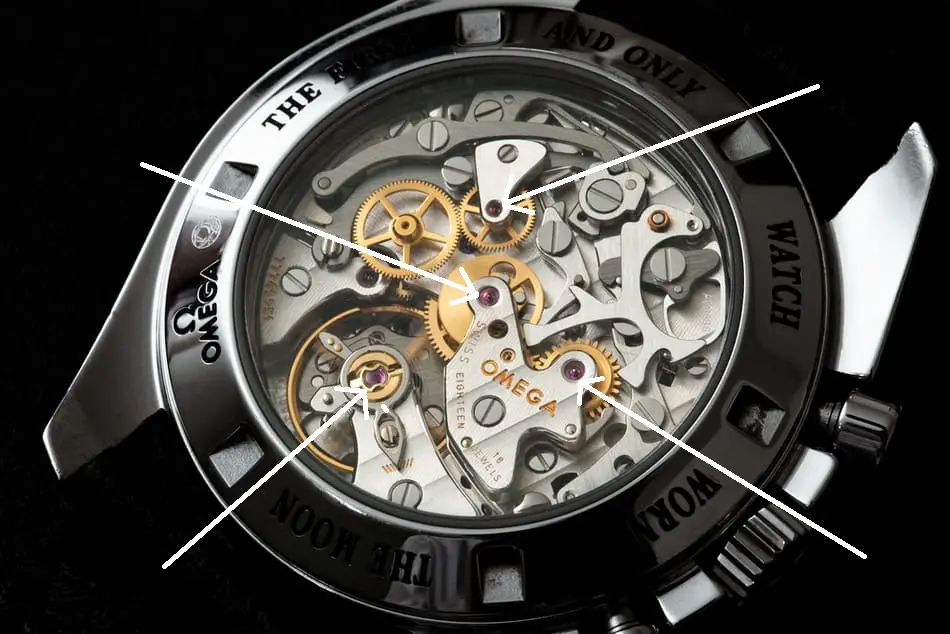
Because of this on-going myth that was formed around the jewels inside a watch, we decided to analyze the real value of these little pieces of rubies.
Let’s see if you, as a buyer, should consider it an essential criterion when choosing the perfect watch.
Watch sellers often try to attract their customers with the supposed value of these pieces of jewels in the watch, but they are almost not valuable at all, at least not economically speaking.
Today, they are not even natural gems, but artificially manufactured sapphire or ruby, called corundum. The purpose of having jewels in a watch is essential in the proper functioning of a watch, due to its anti-friction properties.
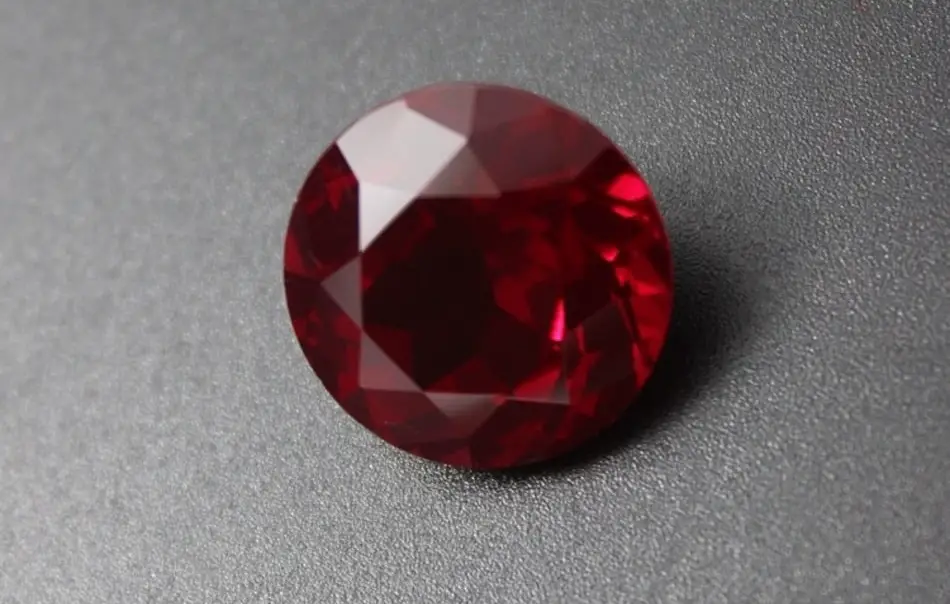
Corundums
Few people know the importance of these elements are and neither do they understand the purpose behind it.
To simply dispel the myth – The more jewels in a watch do not necessarily equate to a more expensive watch. The purpose of jewels in a watch is to help the watch function more accurately. There are a lot of things to say about the number and the type of jewels, things which you should consider when buying a watch.
How Do Watch Jewels Work?
Watch jewels are functional and are used as a friction point to reduce watch components from wearing out from the result of long-term continuous friction. Jewels or synthetic rubies are used for this purpose because they are harder than metal and can absorb the damage better when the oil breaks down.
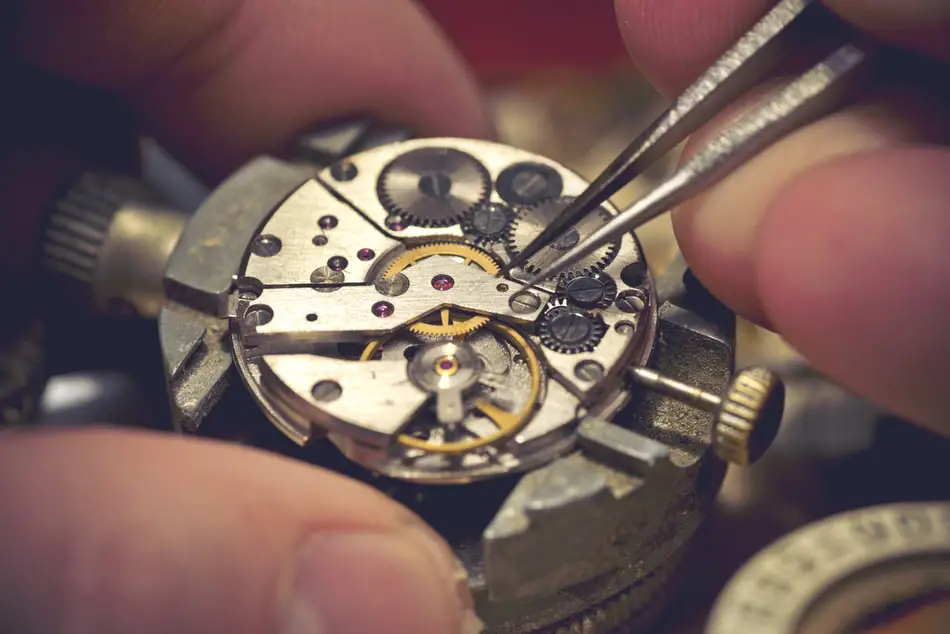
It is not a coincidence or just a marketing strategy that gems like sapphires or rubies were chosen for this ‘job’.
There are some specifications of the material and the jewels themselves that recommend them:
- Due to their hard and smooth surface, the jewels reduce the resistance the gears encounter, whereas a metal-to-metal interaction would slowly wear down the components, because it would not be hard enough.
- They are easy to manufacture, coming in different sizes and shapes. With their special design, they perfectly fit in little holes from the plate of the watch.
- Made of stable material, jewels provide stable friction, which can be easily calculated.
Basically, the jewels are placed under gears, which can move easier with their pivot into the little hole from the middle of the jewel. Among their properties is also shock absorption, minimizing the balance staff’s movement and connecting points.
All in all, due to reduced friction, the components of the system are preserved, being able to function properly and accurately for a longer time. Because of the difficulty of fixing or replacing mechanical components inside a watch, this ‘value’ of the jewels should not be neglected.
What Jewels are Used in Watches?
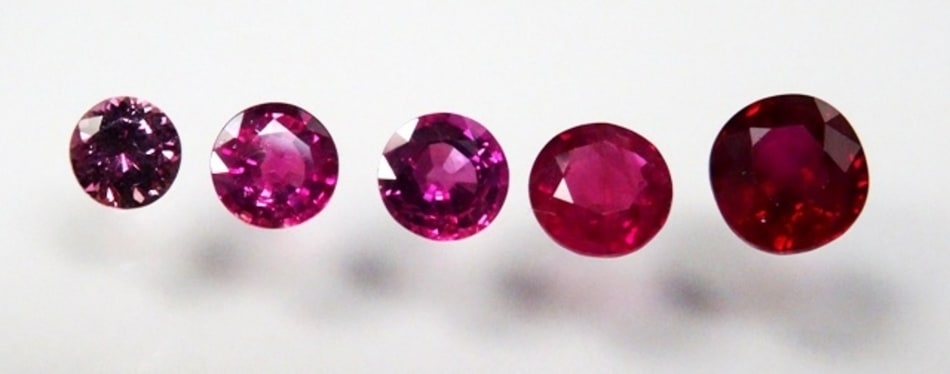
The only jewels that are hard and smooth enough at the same time to serve as bearings of a watch are rubies, sapphires, and diamonds.
However, just the former two are preferred by the makers, because diamonds were too expensive to work with.
In the past, watchmakers used natural genuine jewels as a friction point for watches but today they prefer the manufactured ones (artificially grown in a laboratory). Because it is cheaper to produce and easier to obtain in the desired size and shape.
The process of creating single crystal was firstly invented by the Polish chemist Jan Czochralski in 1916.
How many jewels can a watch have?
Before 1970, watches were mostly mechanical without many features and, therefore, they used from five to seven jewels. As the watches became more complicated, the number of jewels gradually increased.
Watches have no complications have about 15 jewels to 17 jewels, which are considered to be the most common type of mechanical watch these days. Watches with complications have about 21 jewels to 26 jewels.
Not only the number of the jewels is variable, but also their type. There are three main types of jewels.
- The Hole Jewels (or pierced jewels) are the one with a hole in the middle into which the pivot of the gear is placed.
- The Cap Jewel, which does not have holes and usually comes above the Hole Jewel, building together a shock absorber assembly. This protects the watch in the event that it is hit or dropped.
- The last types of Jewel are the Pallet and the Roller one, which have different shapes – rectangular and half-cylindrical respectively.
The former two types remain the most important ones and their number depends on the features of the watch. The more complex the watch, the more jewels will be required.
What does the number of Jewels in a Watch mean?
The number of jewels in a watch simply works as a friction point to reduce watch components from wearing out from the result of long-term continuous friction. An 18 jewel watch simply means there are 18 jewels in the watch and 21 jewel watch means there are 21 jewels in the watch.
There is not a direct proportionality between the number of jewels and the quality of the watch. The number of jewels in a watch depends on the complexity of a watch.
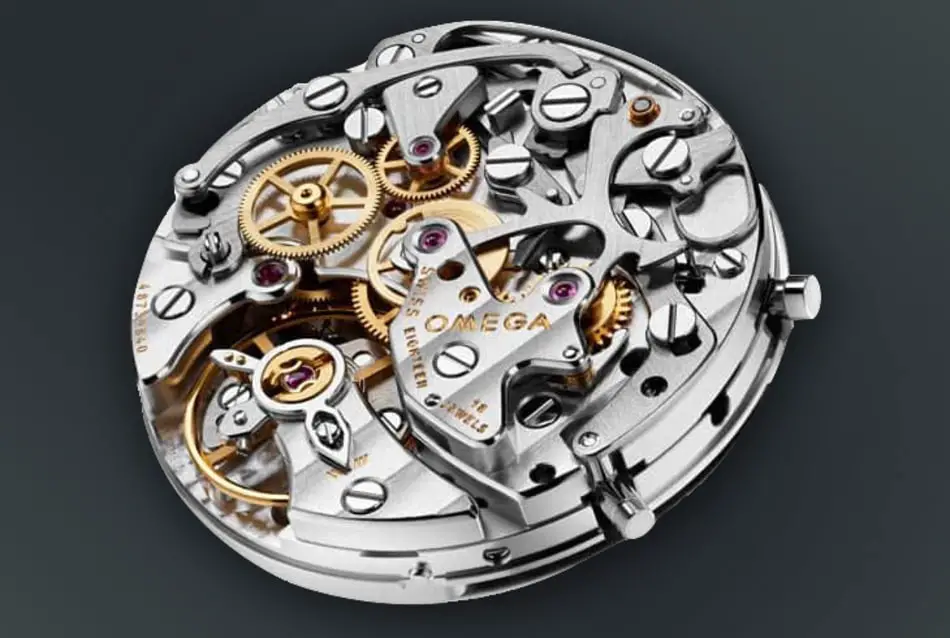
For watches with more complexity, for example, a watch with chronograph and date-time complications will require more gears to run. Jewels work as bearings for the gears to run smoothly.
Around 17 jewels are needed for standard watches without complications. But if a watch has features like moon phases, dual-zone or extra power, for each of them, more jewels will be needed in order to ensure the proper functioning of the system.
How many Jewels in a good watch?
Even though you were possibly made to think differently by your
In fact, the first watches that functioned properly without any jewels was made possible because they had a standard complication and a strong mainspring that ensured the good timekeeping.
When the first bearings were introduced, the component that needed it the most was the one linked with the balance staff. The impulses created from the unbalanced oscillatory movement could affect the timekeeping.
Now, jewelling other parts of the system is just a way to increase the functioning time of the watch and to add features. Each and every company chooses to jewel the compounds they found more vulnerable.
At first glance, we would say that the more jewels the better. It is true only in the case when every jewel had a certain purpose and is not added just as a marketing strategy.
It gets almost more ridiculous when manufacturers go as far as to just stick jewels on the bridges of the movement that weren’t even included in the system, so they could write “35 jewels” on the dial. That’s why sometimes the numbers above 25 are just marketing exaggerations.
Bearing in mind that 17 jewels, as well as 25 jewels, can be the number of jewels needed for a good watch. Furthermore, sometimes the principle ‘Simple is better’ works here because the simpler we keep the watch, the fewer amounts of moving parts and, consequently, fewer jewels needed.
What is 21 jewels in a watch?
21 jewels in a watch simply mean that there are 21 jewels in the watch that acts as a friction point. Most 21 jewel watch comes with a certain complication that requires that many jewels in the watch.
In order to understand what particular features a 21 jewel watch has, we can analyze a model from Seiko – the 7S26 – one of the most popular watch models from the
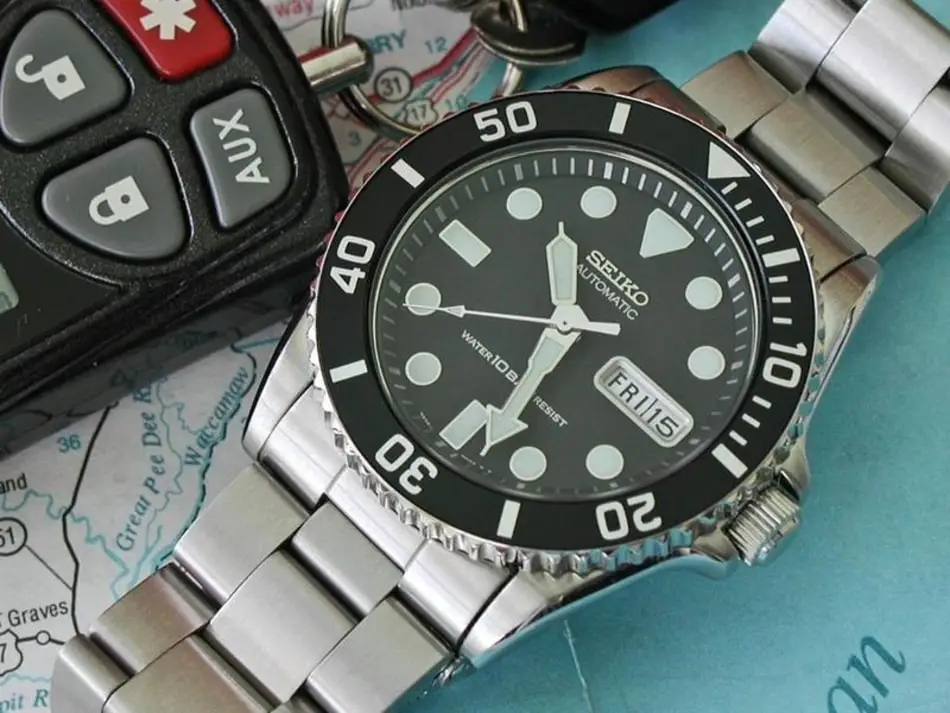
Besides running the main functionality of the watch, which is to keep proper time. This watch has a calendar complication that requires more jewels because it has more gears equipped in the watch.
In conclusion, a 21 jewel watch often comes with 1 or more complications to it.
Top 3 Watches with Good Number of Jewels
After analyzing in such details of the interior system of the watches, let’s see how the theory becomes practice.
We think that 23 jewels is the maximum number that can be justified in a time-only movement. Sometimes even 17 jewels is an optimal number of functional jewels. The watches that are outside these limits are often not fully utilizing the jewels required.
Therefore, in the following, based on our experience, we are going to recommend you some watches that have just the right number of bearings, being the ones that will surely meet your expectations.
1. Seiko Men’s SNK809
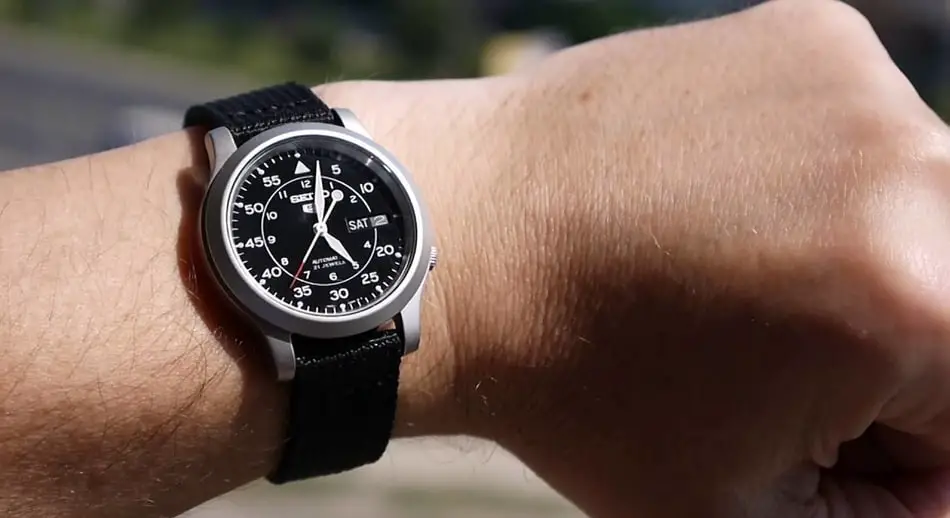
We could not help starting with a Seiko Men model. With a stylish design and an automatic movement, SNK809 is the watch of all tastes.
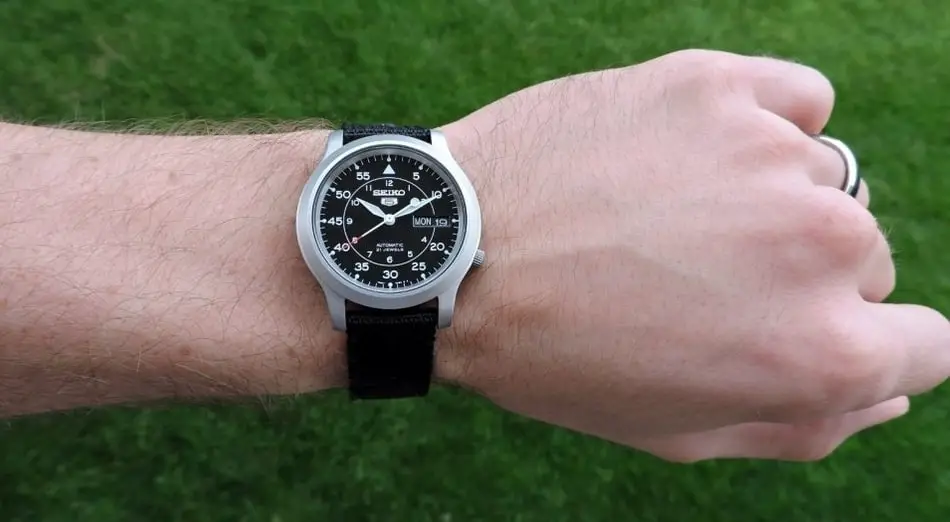
The model has 21 jewels and, therefore, some interesting features. Besides the standard hour, minute, second counting system it also shows the day of the week and the date at the 3 o’clock position.
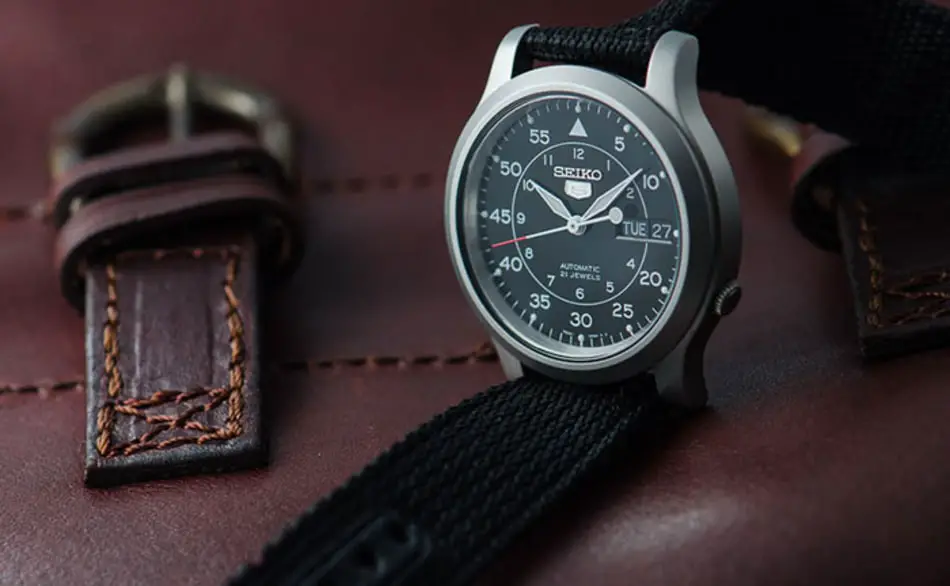
Its technical specifications, very well thought and not exaggerated at all, along with its classic, elegant appearance simply makes us want to recommend it. Watches like this that cost below $100 are as rare as a gem.
2. Corgeut – Miyota Automatic Movement
A brand not very popular in the west, but has an uprising and solid influence in Japan.
We continue with a Corgeut model from another aesthetic area. It has a stainless steel strap, black dial and a ceramic rotating bezel which comes in different
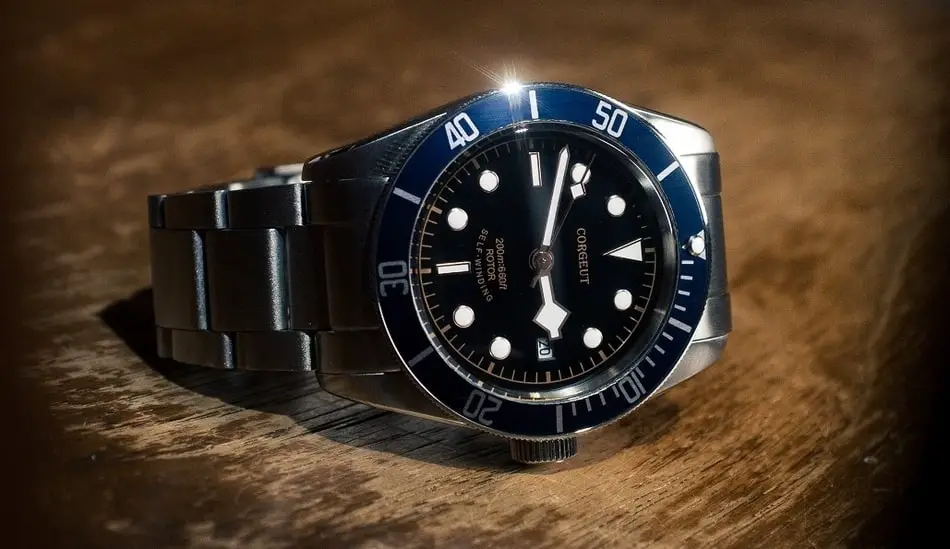
These make the watch look casual but in an elegant way, too. The technical specifications are almost identical with the previous watch recommended: 21 jewels, self-winding movement and date display at 3 o’clock on the display.
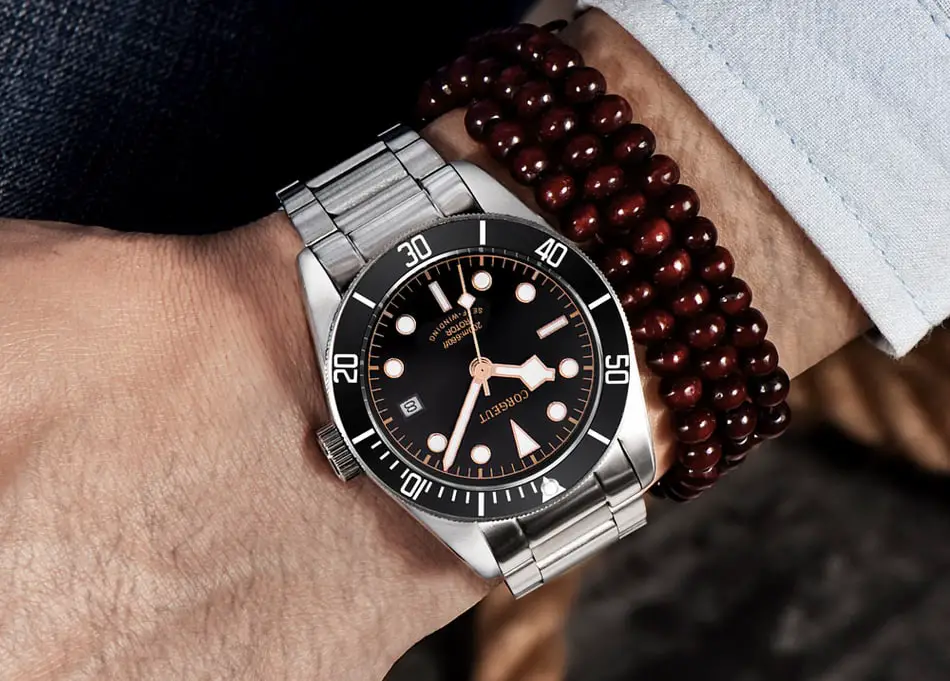
There is also the possibility of date adjustment. With such an interesting design and good reviews on Amazon, we recommend it with great confidence.
3. Orient Bambino – Ver. 2
This Orient Bambino is perhaps one the best selling Japanese watch ever sold and also known for being a great dress watch.
This 2nd generation builds upon what the original started. The dial features a simple metallic finish roman indexes that are offset by its polished and sharp-looking hands. Overall, the design is simple, yet beautiful and elegant.
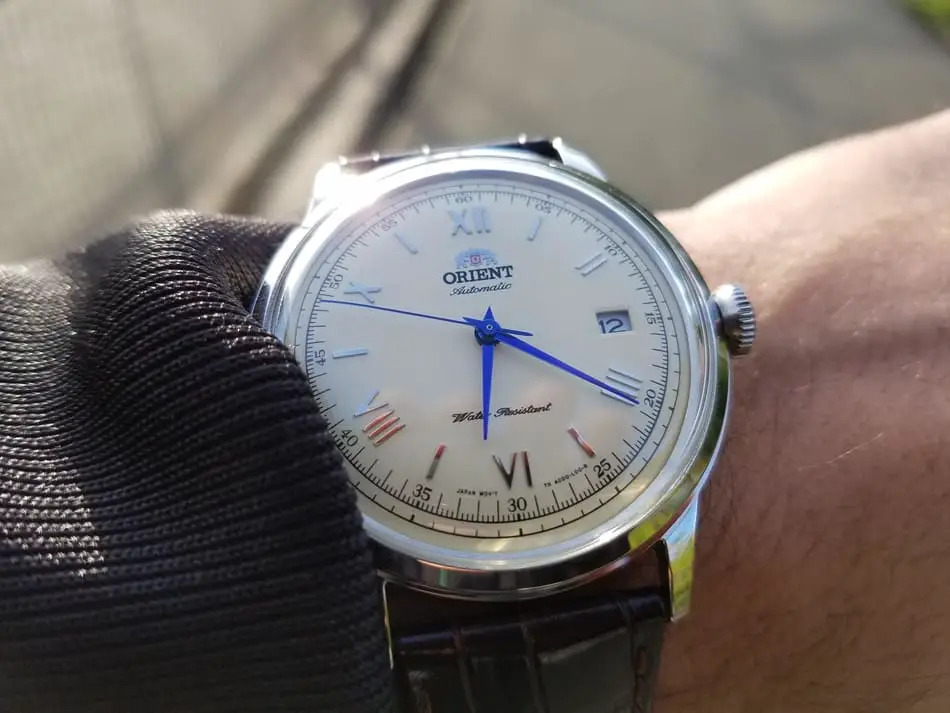
Comes with over 5 variations, the Orient Bambino also has a useful date display at the 3 o’clock marker. The version 2 Bambino you see here has been upgraded with the F6724 movement which is automatic, hand-winding and hacking.
Furthermore, a power reserve of approximately 40 hours will keep your Orient Bambino running without having to wear it every day.